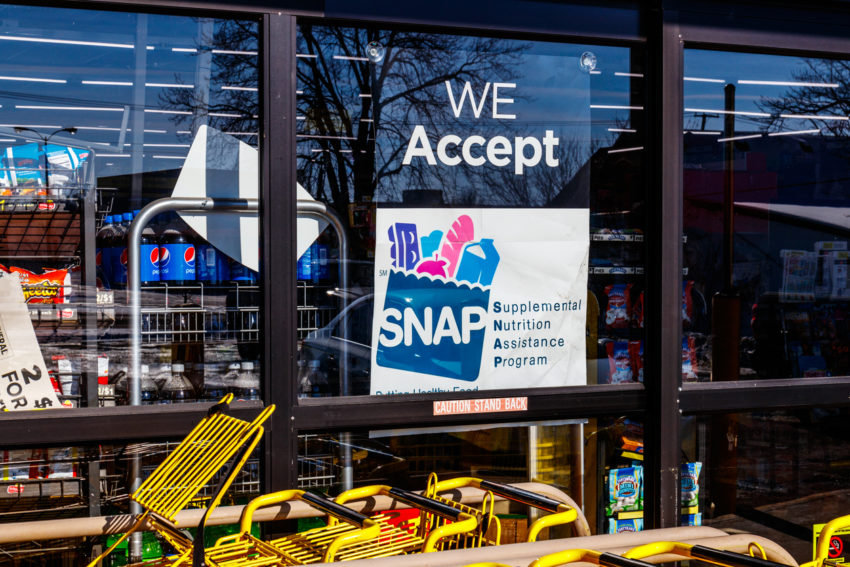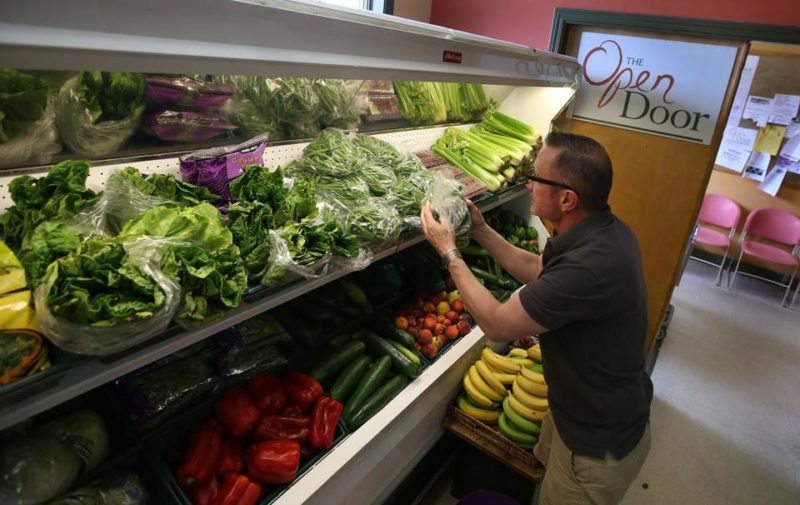
Share On Social!
UPDATE: After the U.S. House failed to pass the Farm Bill on May 18, 2018, reports surfaced June 20, 2018, that the U.S. House will “take a second look at their version of the Farm Bill, which again would jeopardize SNAP.
A proposal to cut $20 billion over the next 10 years from the Supplemental Nutrition Assistance Program (SNAP) program as part of the proposed Farm Bill would dramatically impact Latino health, according to various reports.
Latinos comprise more than 20% of participants in SNAP, commonly known as food stamps.
SNAP benefits Latinos in a variety of ways, from accessing healthy food to lifting them out of poverty.
Cuts to SNAP in the proposed Farm Bill, set to expire in September 2018, could jeopardize that aid by cutting support and adding barriers to participation.
“The bill would eliminate and weaken [SNAP] benefits for many low-income Americans, increase hunger, foster poorer nutrition and further increase health inequity in our nation,” said Dr. Georges Benjamin, executive director of the American Public Health Association, in a press release.
The Farm Bill & SNAP
The Farm Bill is a bipartisan piece of legislation that subsidizes agriculture and food assistance programs, such as SNAP. It expires and is revised every five years.
 This year, the House Agriculture Committee’s released its revised Farm Bill in April 2018.
This year, the House Agriculture Committee’s released its revised Farm Bill in April 2018.
As proposed, the Farm Bill would cut billions from the food stamp program, reduce benefits, and make benefits harder to access, Benjamin said.
Although 80% of the Farm Bill’s spending is on nutrition programs, House Republicans want to start making work requirements harsher to benefit from these programs, Vox reports.
The proposed revisions to the bill would change the work requirements for SNAP recipients. Those who do not meet the minimum work requirements can instead choose to enroll in a workforce training program.
Numerous states, including Texas, already have workplace training programs for SNAP recipients, however, there is little evidence to suggest they are effective, according to an article. Additionally, the majority of recipients are children, disabled, and/or elderly.
Equally concerning is the proposal to limit states’ options of “categorical eligibility,” which currently allows states to adjust income cutoffs and asset limits so that working families do not abruptly lose much of their SNAP benefits when they earn slightly more, according to a UnidosUS article.
“Added requirements will only create barriers to participation for our community which is already at an increased risk of nonparticipation in SNAP,” UnidosUS wrote.
SNAP’s Impact on Latino Families
Latinos often lack access to healthy food where they live, according to a Salud America! research review. More Latino homes with children (22%) struggled to put food on the table than all homes with children (17%).
 SNAP is critical for Latino families. Why?
SNAP is critical for Latino families. Why?
The program helps millions of Latinos, according to an analysis by the Center on Budget and Policy Priorities:
- In a typical month in 2016, SNAP helped about 10 million Latinos put sufficient food on the table.
- SNAP lifted about 2.5 million Latinos, including 1.2 million children, out of poverty in 2015.
- SNAP also kept 1.2 million Latinos out of deep poverty.
- More than a fifth of SNAP benefits ($16 billion in 2016) went to Latino households
“A typical participating Latino family of three has an average monthly income of $980, or 59 percent of the poverty line. When their $400 SNAP benefit — the average for a family of three — is added to their cash income, total monthly resources rise by 29 percent, to $1,380,” according to the report.
Benjamin advises against any SNAP cuts.
“Any changes to the SNAP program should increase access to affordable, nutritious food, especially for the most vulnerable in our nation. Instead of leaving Americans hungry, Congress should work to ensure no one falls through the gaps,” Benjamin said in the press release.
By The Numbers
1
Supermarket
for every Latino neighborhood, compared to 3 for every non-Latino neighborhood



